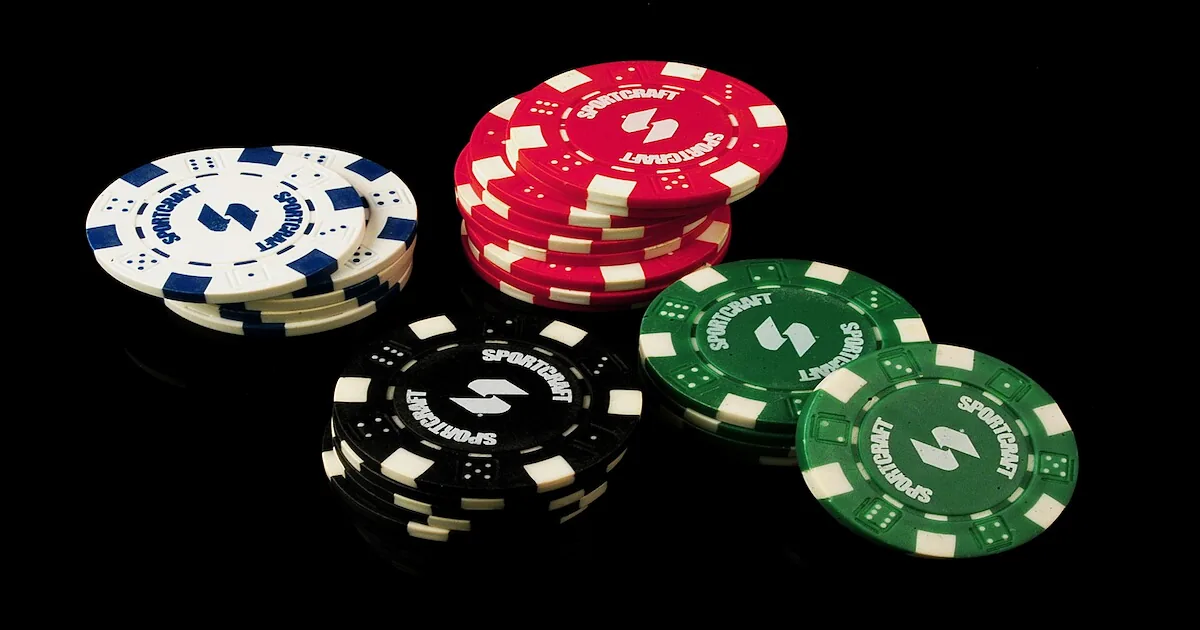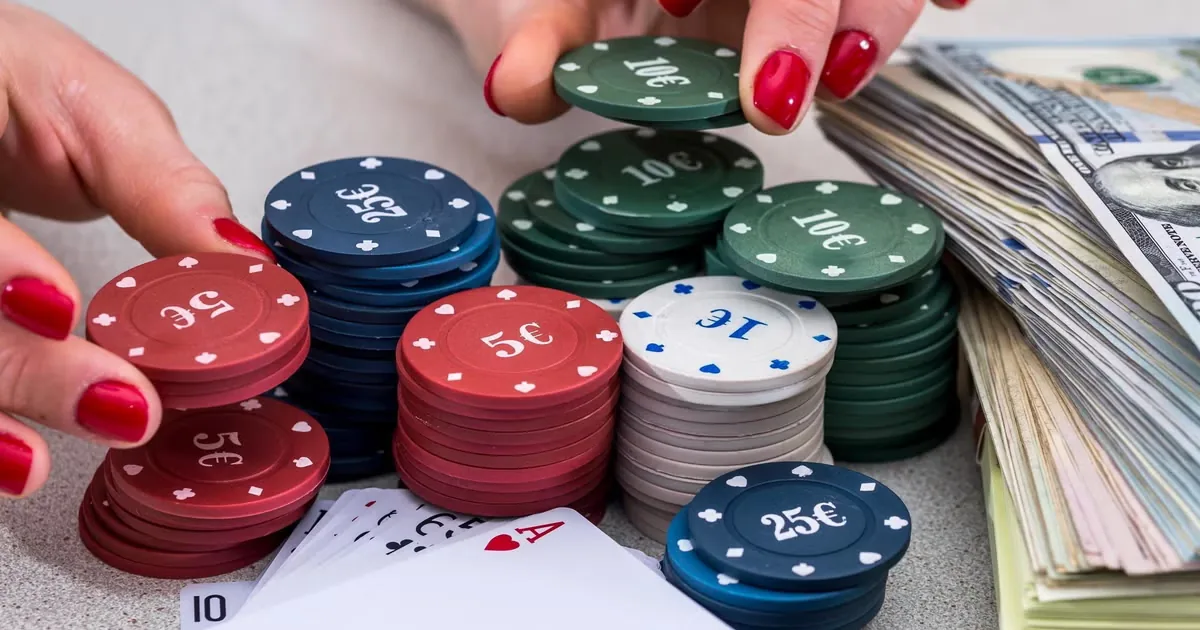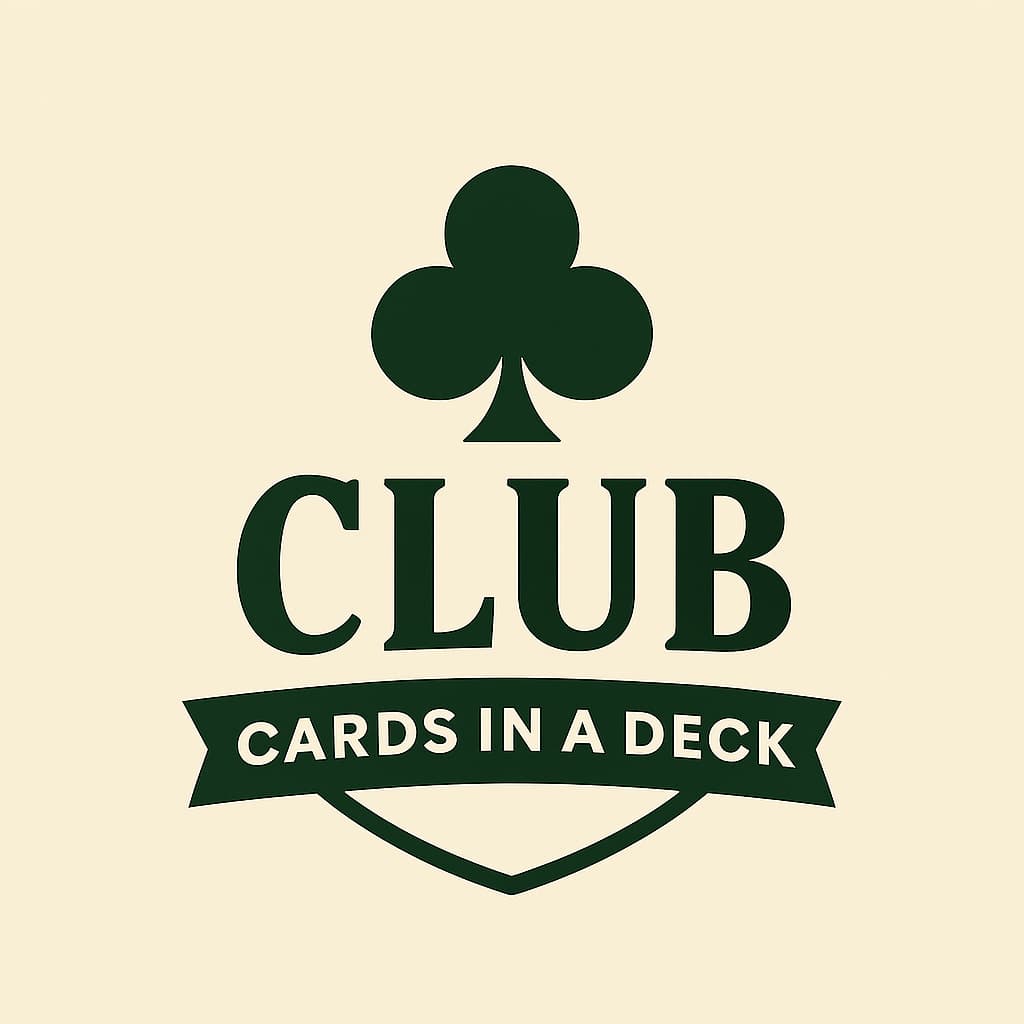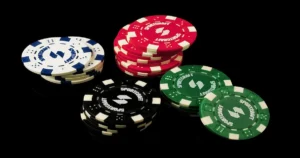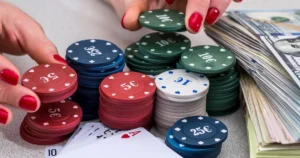In a standard 52-card deck, Clubs and Spades are the two black suits. At first glance, they may seem similar due to their color, but these suits carry different meanings, symbols, and functions in various card games. Understanding the difference between Club cards and Spade cards can give players a strategic edge and a deeper appreciation for the game.
Visual and Symbolic Differences
Clubs are represented by a three-leaf clover-like symbol and are historically associated with growth, vitality, and action. The design comes from the French “trèfle,” meaning clover. On the other hand, Spades resemble an upside-down heart with a stem and are linked to strength, wisdom, and conflict. Their name derives from the Italian “spada,” meaning sword.
Though both suits are black, they are distinct in both design and tone. Spades are often considered the most powerful suit in games like Bridge and Spades, while Clubs tend to have more neutral or variable roles depending on the ruleset. From a symbolic standpoint, Clubs may represent creativity and work, while Spades represent intellect and resilience.
Differences in Card Games
The difference between Club and Spade cards becomes especially noticeable in trick-taking games. In many traditional games, Spades are ranked higher than Clubs when suits are ordered. For example, in the game of Spades, the suit of Spades always trumps the others, making it the most powerful. Clubs are typically lower in the hierarchy and rarely serve as trump unless specifically declared so in games like Bridge.
In Poker, however, the suit does not impact the value of the hand. A flush made of Clubs is worth just as much as one made of Spades. Yet, some players still favor Spades due to their strong visual presence and perceived strength. That said, Club-heavy hands can be equally strategic if played wisely.
In Rummy, both Clubs and Spades are used for creating sequences and sets. The visual difference helps players quickly sort and identify their cards, which is especially useful in fast-paced play. Neither suit holds more power, but players might prefer one over the other based on personal superstition or past experience.
Psychological and Cultural Impact
The design of Spade cards often evokes a sense of formality, danger, or mystery, which is why Spades are frequently seen in movies, tattoos, and popular culture. The Ace of Spades, in particular, has iconic status, often viewed as the “death card” or a symbol of luck, rebellion, or strength.
Clubs, while less dramatic in popular symbolism, are often associated with practicality and perseverance. Players who favor logical strategies or conservative gameplay often feel more comfortable using Club cards, especially when forming sequences or evaluating low-risk plays. In India, Clubs are referred to as “Chidi,” while Spades are called “Kal,” further separating their cultural identity during traditional games like Teen Patti.
When Clubs and Spades Clash in Gameplay
Some games directly force players to choose between Club and Spade strategies. For instance, in Bridge, a bidding war may decide whether Clubs or Spades become trump. Experienced players know how to weigh the strength of each suit based on their hand composition. If you hold several high Spade cards, the incentive to bid for Spades is strong. Conversely, having a long run of Club cards can justify a Club-based game plan.
In games that assign point values to suits, Spades may carry more scoring weight than Clubs. However, Clubs often offer more flexibility and control in less hierarchical games. Knowing when and how to use these suits effectively can drastically change the outcome of a match.
Final Thoughts: Club vs Spade – Which Is Better?
There’s no universal winner between Clubs and Spades—each suit shines in different contexts. Spades typically dominate in games where trump suits and suit hierarchy matter, like Spades, Bridge, and Pinochle. Clubs, on the other hand, provide excellent versatility and play a key role in games focused on sequences and suit balance, such as Rummy or Poker.
Ultimately, understanding the strengths and roles of both suits allows players to adapt their strategies, improve their hands, and gain a mental edge over the competition. Whether you’re counting cards, planning a trick, or going all-in, knowing the power behind your Clubs and Spades can make all the difference.
Explore more about standard playing card decks here and keep learning how each suit can shape your next winning hand.

